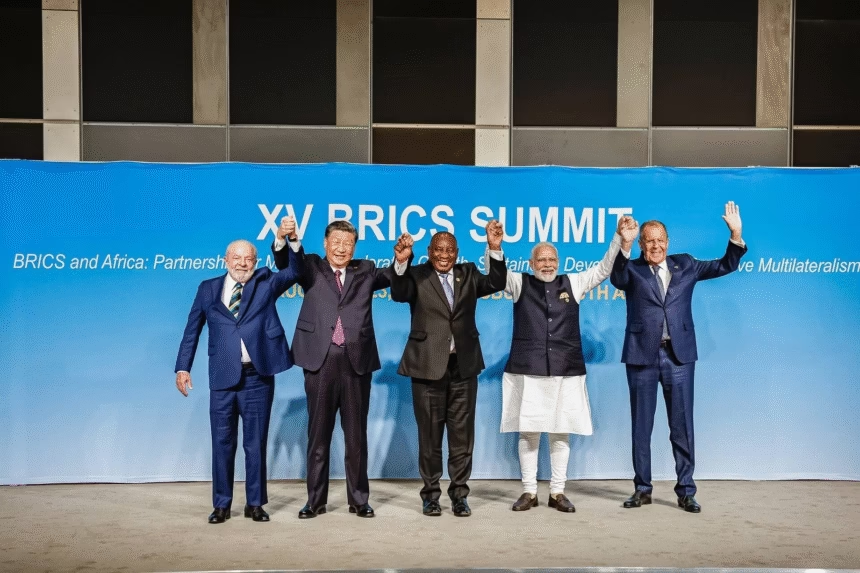The BRICS alliance—comprising Brazil, Russia, India, China, and South Africa—is making headlines again as discussions around creating a common currency gain momentum.
Moving is part of a broader strategy to reduce dependency on the U.S. dollar in international trade and finance.
At recent BRICS meetings and financial forums, leaders have increasingly voiced their support for a shared currency framework.
National currencies but to create a new trade settlement currency that could strengthen economic cooperation within the bloc and reduce exposure to dollar-based risks.
A Shift Toward De-Dollarization
Over the past decade, global reliance on the U.S. dollar has come under scrutiny. Currently, the dollar accounts for about 58% of global foreign exchange reserves, according to the International Monetary Fund (IMF).
BRICS countries argue that this overreliance creates an imbalance, especially when U.S. policies or sanctions affect global trade.
Russia and China have been the most vocal. Amid sanctions, Russia has increased its use of the Chinese yuan in trade, while China is promoting its Cross-Border Interbank Payment System (CIPS) as an alternative to the U.S.-dominated SWIFT system.
Meanwhile, India and Brazil have also begun exploring trade in local currencies.
“We need a currency that empowers our economies, not one that exposes us to external political decisions,” said Brazilian President Luiz Inácio Lula da Silva during the 2023 BRICS summit in Johannesburg.
What Could the BRICS Currency Look Like?
Although still in early discussion, experts believe the proposed currency would likely:
- Be used primarily for trade settlements, not as legal tender.
- Be backed by a basket of member currencies or commodities like gold and oil.
- Operate as a digital currency, possibly leveraging blockchain technology for transparency and efficiency.
Some compare the idea to the IMF’s Special Drawing Rights (SDRs)—a type of international reserve asset based on a basket of major currencies.
Major Roadblocks
Despite its potential, a BRICS currency faces serious challenges:
- Economic Diversity: BRICS economies differ widely in terms of development, inflation, and currency stability.
- Political Complexity: Aligning five countries’ central banks and fiscal policies is a complex task.
- Global Trust: Establishing a new currency requires global confidence, which takes years to build.
“Creating a common BRICS currency is a long-term goal. It requires strong coordination, trust, and infrastructure,” said economist Radhika Menon of the Global Policy Institute.
What’s Next?
The New Development Bank (NDB)—often called the “BRICS Bank”—may play a key role in the currency’s development. It has already started issuing bonds in local currencies and could become a platform for currency testing.
While no formal launch date has been announced, financial analysts believe it could take at least 5 to 10 years before a BRICS trade currency becomes a reality.
Also Read | How to Earn Money using LinkedIn in 2025
The Bigger Picture
BRICS currency reflects a larger global shift. As emerging economies grow stronger and seek more financial independence, the dollar’s dominance is being gradually questioned.
Though the dollar is unlikely to be dethroned anytime soon, the conversation around alternatives is becoming more serious than ever.
For updates on global finance and economic trends, follow Alitoday.



